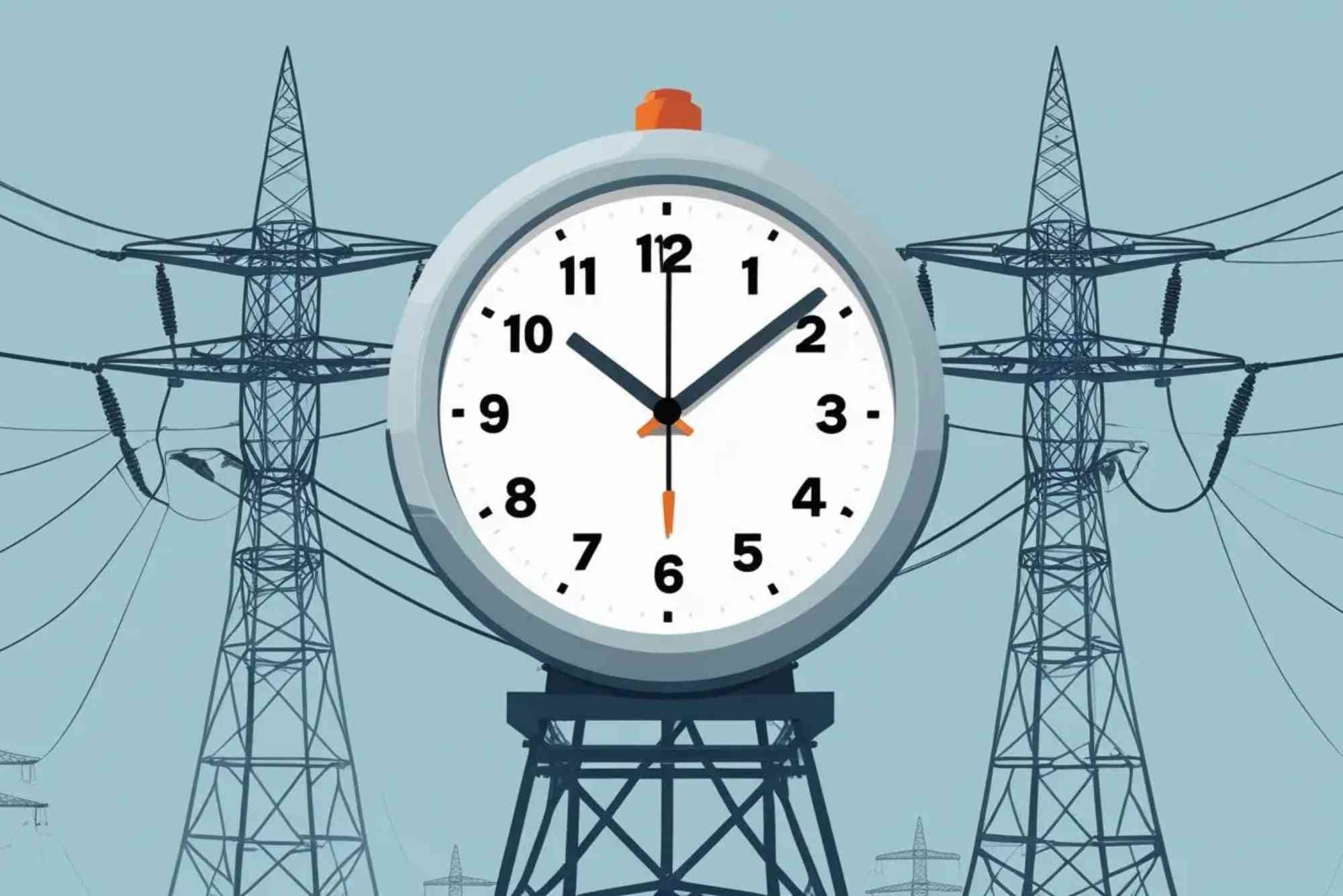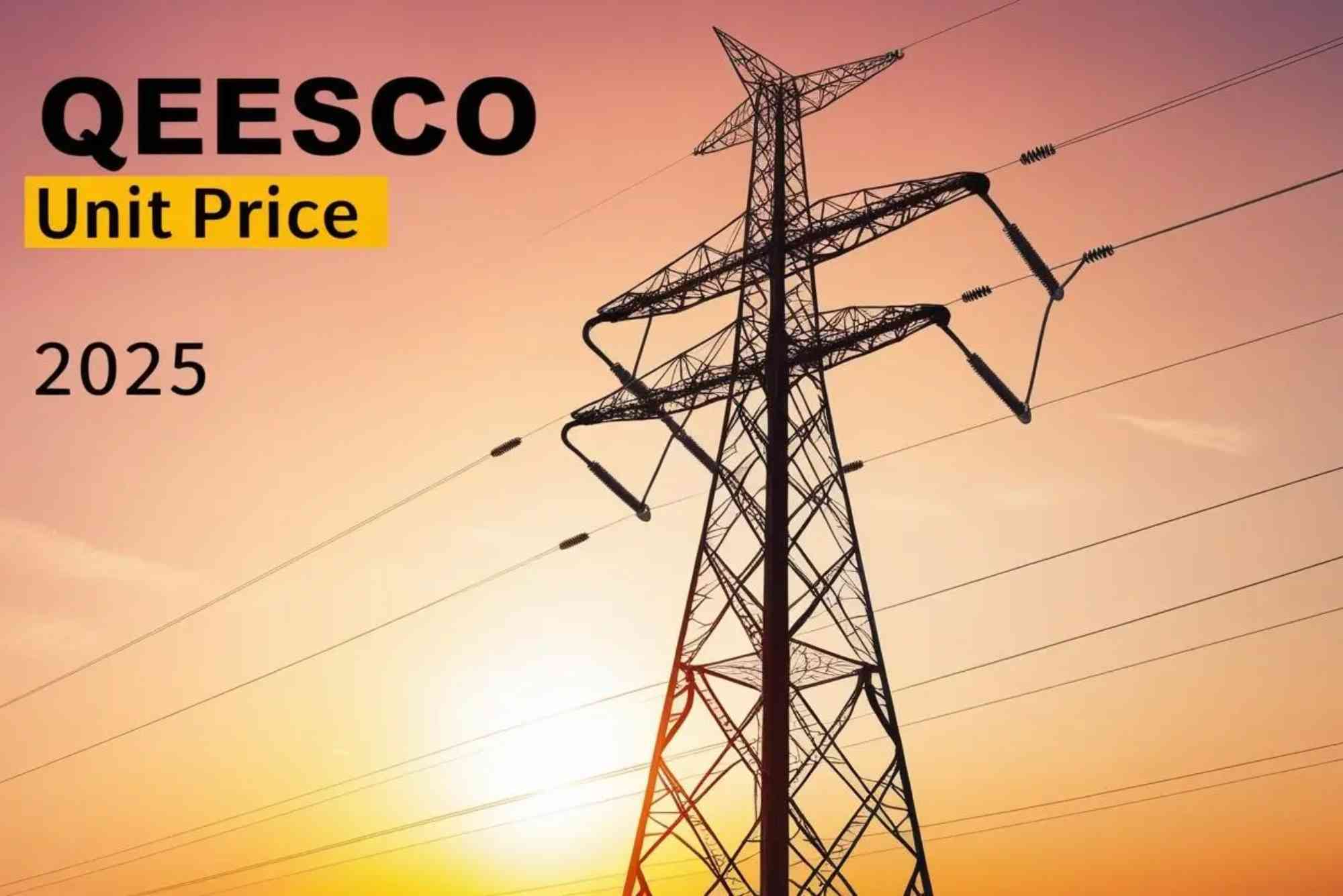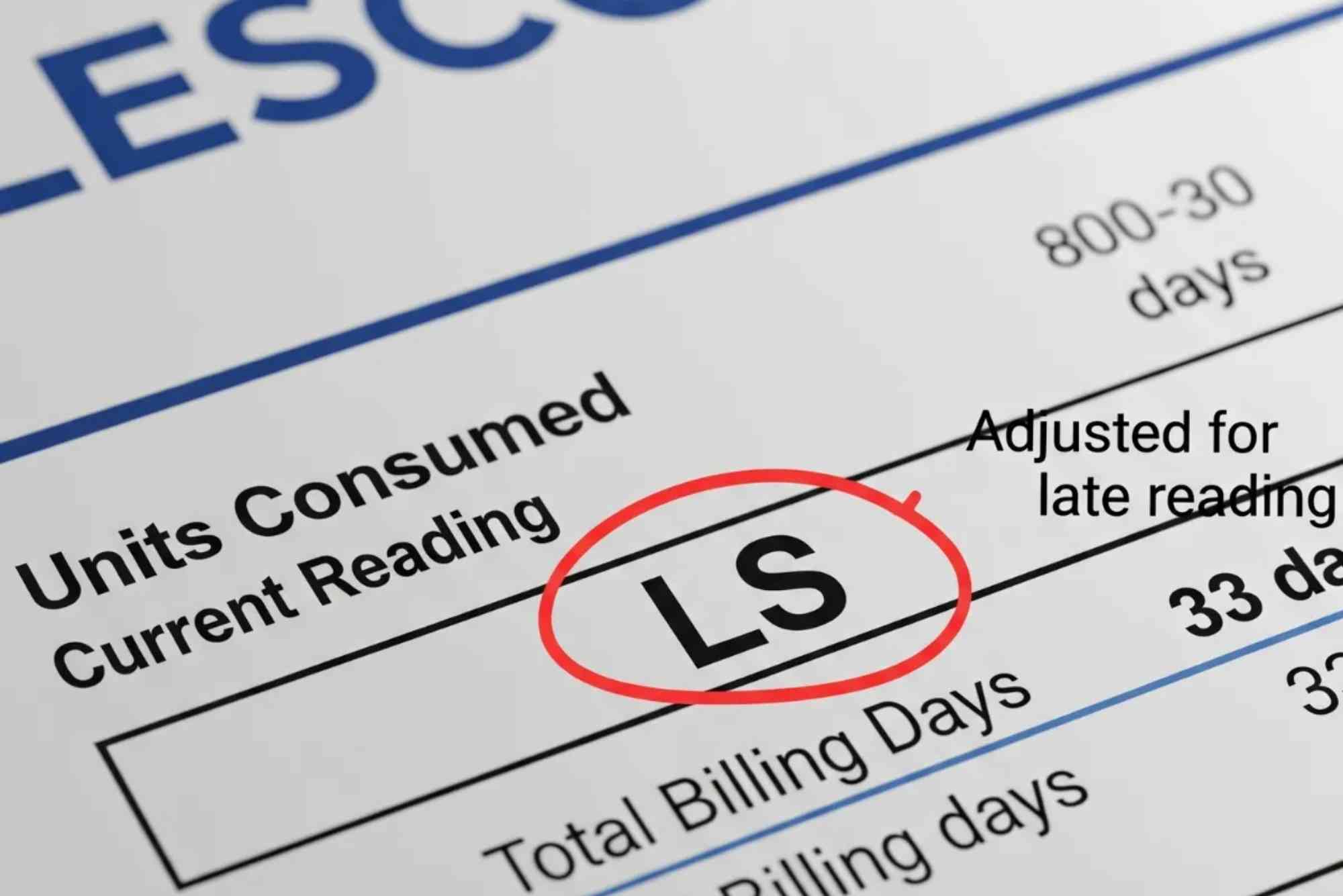Introduction
Electricity is a necessity in modern life, but the way it is consumed has a direct impact on monthly bills. One of the most important factors that influence electricity costs in Pakistan is peak hours. If you live in southern Punjab and fall under the Multan Electric Power Company (MEPCO) region, you may already know that your bill increases if you use heavy appliances during specific hours of the day. These timings are officially called MEPCO peak hours, and understanding them is essential for managing your electricity expenses wisely. In this guide, we will cover what MEPCO peak hours are, why they matter, how to manage your energy use, and practical strategies to lower your monthly costs.
Understanding MEPCO Peak Hours
MEPCO peak hours refer to the time slots during the day when the demand for electricity is at its highest. During these hours, the electricity tariff is higher compared to normal off-peak hours. The purpose of peak hours is to balance load and ensure that the system is not overloaded. Since electricity consumption spikes in certain periods, MEPCO encourages users to shift their heavy appliance usage to off-peak times.
For residential customers, peak hours usually fall in the evening when people return home, switch on air conditioners, heaters, or washing machines, and overall energy demand climbs sharply. MEPCO, like other power distribution companies in Pakistan, follows the directions of NEPRA (National Electric Power Regulatory Authority) to implement these hours fairly across all regions.
Why MEPCO Peak Hours Matter
The primary reason peak hours matter is the effect they have on your electricity bill. Units consumed during peak hours are charged at a significantly higher rate than units consumed at off-peak times. For example, if you run an air conditioner during the evening peak window, you will notice a sharp increase in your monthly bill compared to running the same appliance late at night or early in the morning.
Another reason to care about peak hours is load shedding. Although MEPCO has improved electricity supply in recent years, high demand during peak times can still put pressure on the grid. By shifting your usage, you are not only saving money but also contributing to a more stable electricity supply for your area.
Official Timings of MEPCO Peak Hours
MEPCO peak hours are defined by NEPRA and can change seasonally, but the general pattern remains consistent. Typically, the peak hours for domestic consumers are between 6:30 PM and 10:30 PM. For commercial and industrial users, the timings may vary, but the principle is the same: avoid running heavy equipment during these hours to save costs.
It is always wise to confirm the latest MEPCO schedule from the official source, as timings may adjust depending on energy demand, seasonal consumption, and government policy.
Appliances to Avoid During MEPCO Peak Hours
Certain appliances consume large amounts of energy and should be avoided during peak hours. These include air conditioners, electric geysers, washing machines, irons, water motors, and ovens. Running these appliances during off-peak hours can significantly reduce your bill. Instead of ironing clothes in the evening, you could schedule this activity in the morning. Similarly, washing machines and water motors can be run during late-night or early-morning slots when tariffs are lower.
Smart Strategies to Reduce Bills During MEPCO Peak Hours
To make the most of your electricity usage and reduce bills, you need practical strategies. One effective approach is time shifting. Instead of using appliances at your convenience, plan their usage around off-peak times. Another smart strategy is energy efficiency. Replacing old appliances with energy-efficient models can cut down on overall consumption. For example, inverter ACs use significantly less electricity compared to conventional air conditioners.
Lighting is another area where you can save. Switching from incandescent bulbs to LED lights reduces power usage drastically. Similarly, turning off unnecessary fans, lights, and electronics during peak hours adds up over time. Many households also find it useful to install timers for water motors or geysers to ensure they are not accidentally left running during costly hours.
Digital Tools to Help Monitor MEPCO Peak Hours
In today’s digital world, consumers have access to tools that make managing electricity easier. The official MEPCO website and mobile applications provide updates on peak hours, load shedding schedules, and tariffs. Additionally, you can use online platforms such as MEPCO Online Bill Check to keep track of your bill and verify how much electricity you are consuming during specific months.
For users who want a broader experience, Online Bill Check also offers services for multiple distribution companies, helping households manage electricity bills across different regions of Pakistan. By keeping an eye on your usage and bill history, you can make informed decisions and avoid unpleasant surprises at the end of the month.
MEPCO Peak Hours and Seasonal Variations
Another factor to consider is seasonal variation. During summer, electricity demand rises due to air conditioners, fans, and water coolers. As a result, consumers often notice much higher bills if they do not avoid peak hours. In contrast, winter brings heaters and geysers into play. While the load may be different, the principle remains the same: avoid using heavy appliances during peak timings.
This seasonal shift means households must adapt their strategies throughout the year. In summer, plan to use ACs late at night when off-peak rates apply. In winter, schedule water heating early in the morning or afternoon before peak hours begin.
Impact on Commercial and Industrial Users
For businesses, MEPCO peak hours are even more critical. Factories and shops that run heavy machinery face significant costs if they ignore peak timings. Many industrial setups schedule production in multiple shifts, with heavy operations running outside peak hours to minimize costs. Commercial users such as shopping malls also take measures to reduce lighting or air conditioning during expensive hours.
This practice not only saves money but also keeps the grid stable during times of maximum demand. Small businesses, too, benefit from following these strategies since even a modest reduction in monthly electricity bills improves overall profitability.
Benefits of Following MEPCO Peak Hours
Following MEPCO peak hours brings both financial and environmental benefits. On the financial side, households can reduce monthly bills by a noticeable margin. Environmentally, reducing electricity use during peak hours lowers pressure on the national grid, which often relies on expensive and polluting power sources to meet high demand.
By shifting usage, you contribute to energy conservation, help reduce load shedding, and play a role in building a more sustainable future. When large numbers of consumers adopt this habit, the effect is multiplied across communities, leading to improved electricity supply and stability.
FAQs
What are MEPCO peak hours for residential users?
MEPCO peak hours for most residential users are between 6:30 PM and 10:30 PM, but exact timings should be confirmed from official notices.
Why is electricity more expensive during MEPCO peak hours?
Electricity costs more during peak hours because demand is highest, and the grid uses more expensive energy sources to meet that demand.
Can I save money by avoiding appliance use during MEPCO peak hours?
Yes, avoiding heavy appliance usage such as ACs, geysers, or washing machines during peak hours can significantly reduce your electricity bill.
How can I check if my bill includes peak hour charges?
You can review your bill details online through the MEPCO Online Bill Check tool, which shows consumption and charges.
Do MEPCO peak hours change in summer and winter?
The principle remains the same year-round, but timings may be adjusted based on seasonal energy demand and official NEPRA guidelines.
Are peak hours the same for businesses and households?
Not always. Commercial and industrial users may have different peak timings compared to residential consumers, depending on MEPCO’s schedule.
Understanding and following MEPCO peak hours is one of the simplest and most effective ways to save money on electricity bills. By avoiding the use of heavy appliances during costly time slots, planning your energy consumption, and monitoring your bills online, you can cut down expenses without sacrificing comfort. Households and businesses alike benefit when they respect peak timings, since doing so also contributes to a more stable and sustainable energy system.
If you want to take control of your electricity bills today, start by checking your usage and billing history. Use reliable resources like Online Bill Check to stay informed, track your bills, and plan your consumption wisely. Small changes in habits during MEPCO peak hours can lead to big savings in the long run.
















